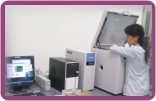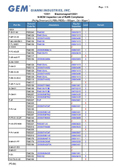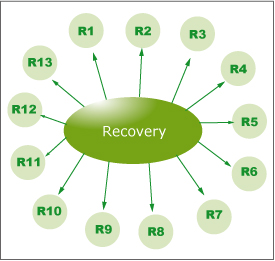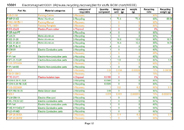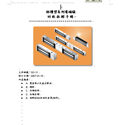|
|
What is RoHS? ( Restriction of the use of Certain Hazardous substance in Electrical and Electronic Equipment , RoHS). This regulation took effect on July 01 st , 2006 implemented on the EU Market. RoHS is often referred to as the lead-free directive, but it restricts the use of the following six substances: Lead, Mercury, Cadmium, Hexavalent chromium (Cr6+), Polybrominated biphenyls (PBB), Polybrominated diphenyl ether (PBDE), PBB and PBDE are flame retardants used in several plastics |
 The Purchase Department verifies and inspects the delivery materials and correct paperwork from the supplier, then notifies the IQC Department for testing. |
||||
 QC Department inspects and test according to procedure for material ˇ§riskˇ¨ and ˇ§homogenizationˇ¨ˇK |
||||
|
|
 In view of the six substances (chromium, bromine compound). Review and verify the documents, we may also request additional conformance or even conduct a third - party tests . |
 If an inconsistency and irregularities are found, we inform the supplier to resolve the issue
|
|
 Components received at the warehouse are inspected and Labeled assuring components are RoHS Compliant. |
||||
 Raw Material Requisitions Form to procure needed supplies is verified and inspected by the Warehouse. |
||||
 Pre - production assembly line |
||||
 Semi-finished product storage |
||||
 Material Requisitions Form to procure needed supplies is verified and inspected by the Warehouse . |
||||
 Semi-finished products are transformed into final finished product according to customer demand. |
||||
 Production Management Staff verifies and authorized the R equisition Form for delivery. |
||||

HORIBA XGT-1000WR X-ray Fluorescence Analyzer
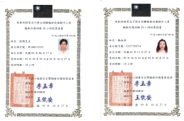 |
|
Certified X-ray Fluorescence Analyzer Operators |
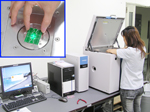 |
|
Each component is tested by the HORIBA XGT-1000WR X-ray Fluorescence Analyzer before proceeding with the production. Conform with European Union RoHS environmental protection law
material account to 96.7% (July, 2007).
|
W E E E Directive includes the Following: |
||||
Project |
Reuse and Recycle Rate |
Recovery Rate |
||
1 |
Large Household Appliances
|
75% |
80% |
|
2 |
Small Household Appliances
|
50% |
70% |
|
3 |
IT and Communication Equipment
|
65% |
75% |
|
4 |
Consumer Entertainment Equipment |
65% |
75% |
|
5 |
Lighting Products and Equipment |
50% |
70% |
|
6 |
Electronic Toys
|
50% |
70% |
|
7 |
Leisure and Sports Equipment |
50% |
70% |
|
8 |
Medical Devices
|
50% |
70% |
|
9 |
|
50% |
70% |
|
10 |
Automatic Dispensers |
75% |
80% |
|
|
ˇ° WEEE estimate product recycling equipment ratings. |
Product Gross Weight |
|||||||
ˇ@ˇ@ˇ@ˇ@ˇ@ˇ@ˇ@ˇ@ˇ@ reuse and recycling rate |
|||||||
ˇ@ˇ@ˇ@ˇ@ˇ@ˇ@ˇ@ˇ@ˇ@recovery rate |
|||||||
|
ˇ° Related Recycling Graph ˇE |
|
||||||||
|
|
|
|
|
|
ˇ° Guidelines Encourage Responsible Recycling |
|
|
| ˇ° Refer to the above reference for WEEE Recycling statistical ratio. |
|
|
What is REACH? REACH is a new European Community Regulation on chemicals and their safe use (EC 1907/2006). It deals with the Registration, Evaluation, Authorisation and Restriction of Chemical substances. The new law entered into force on 1 June 2007. |

